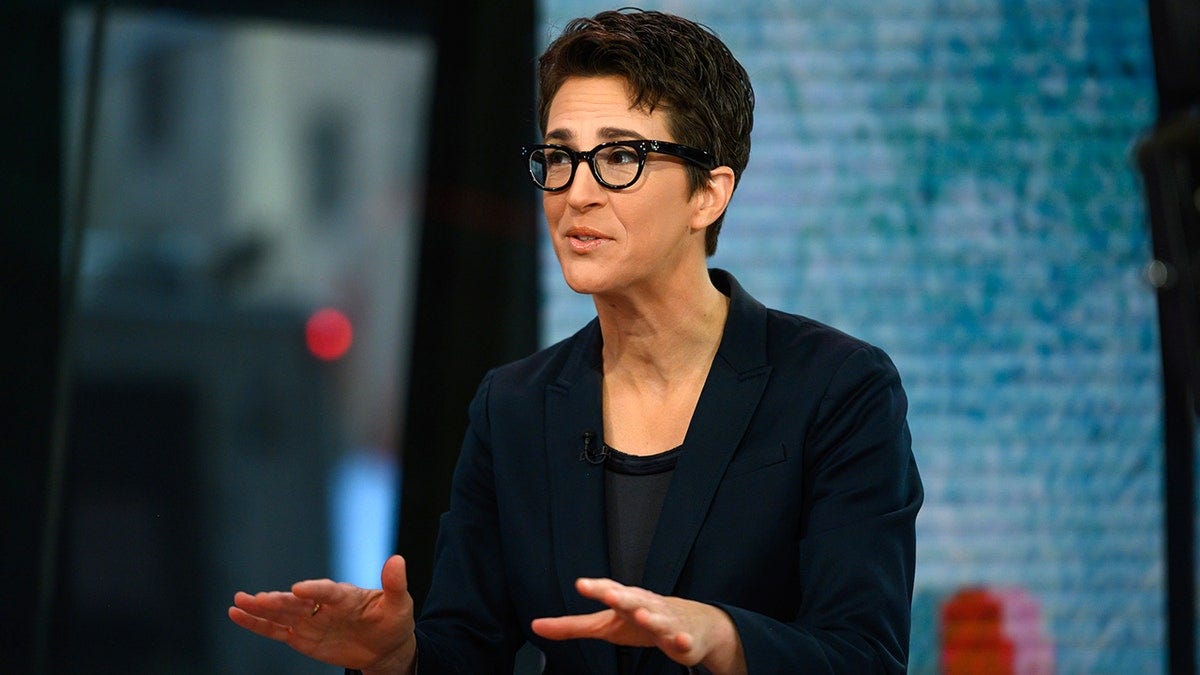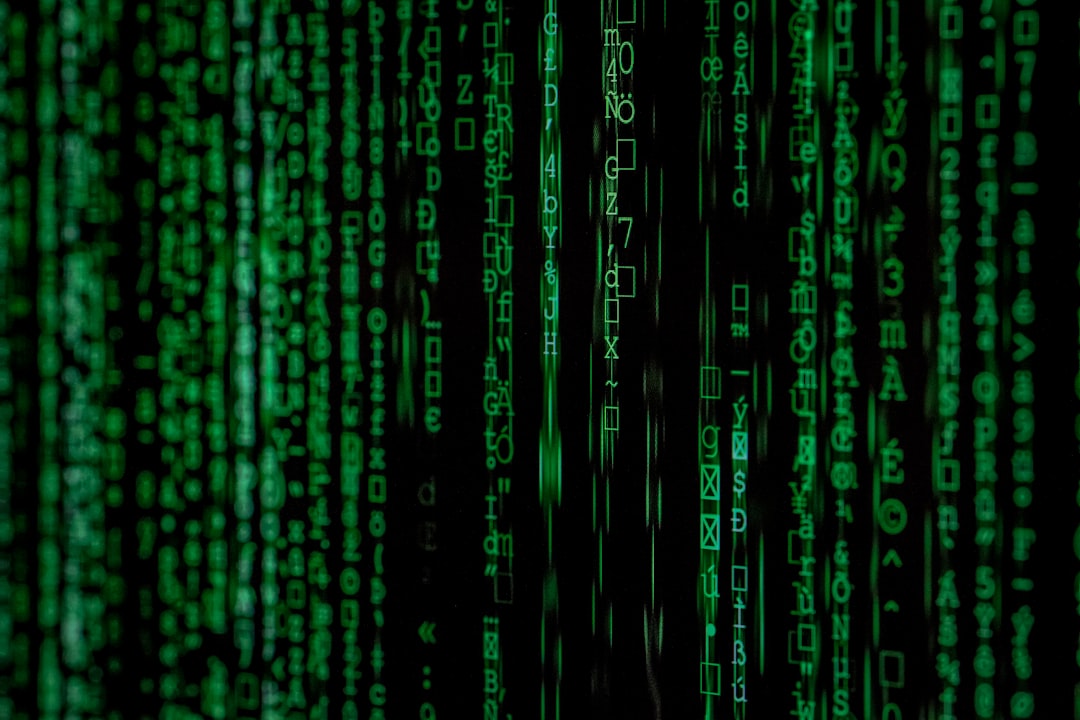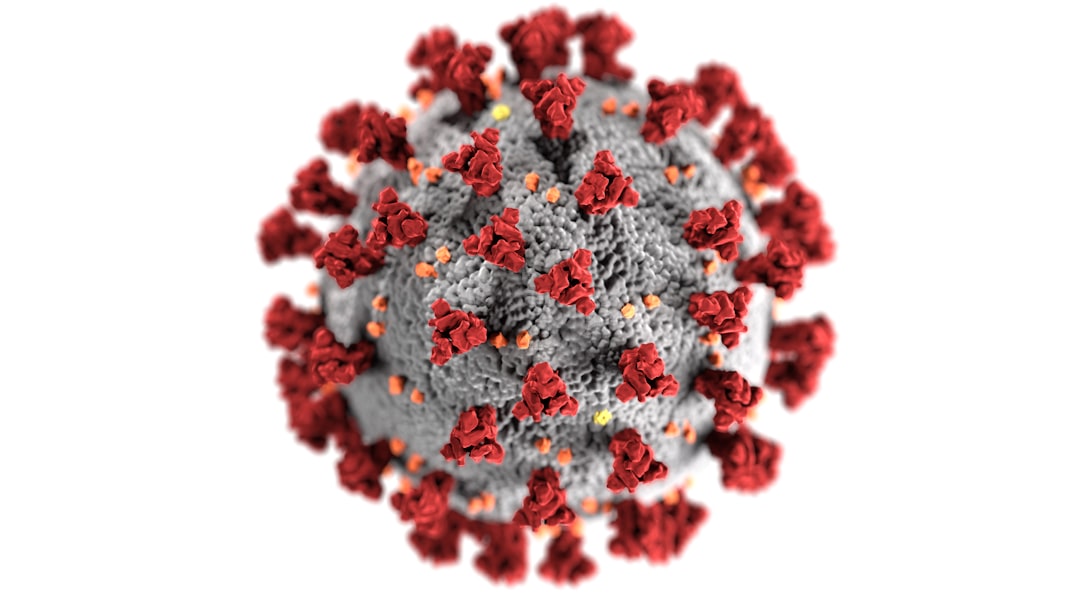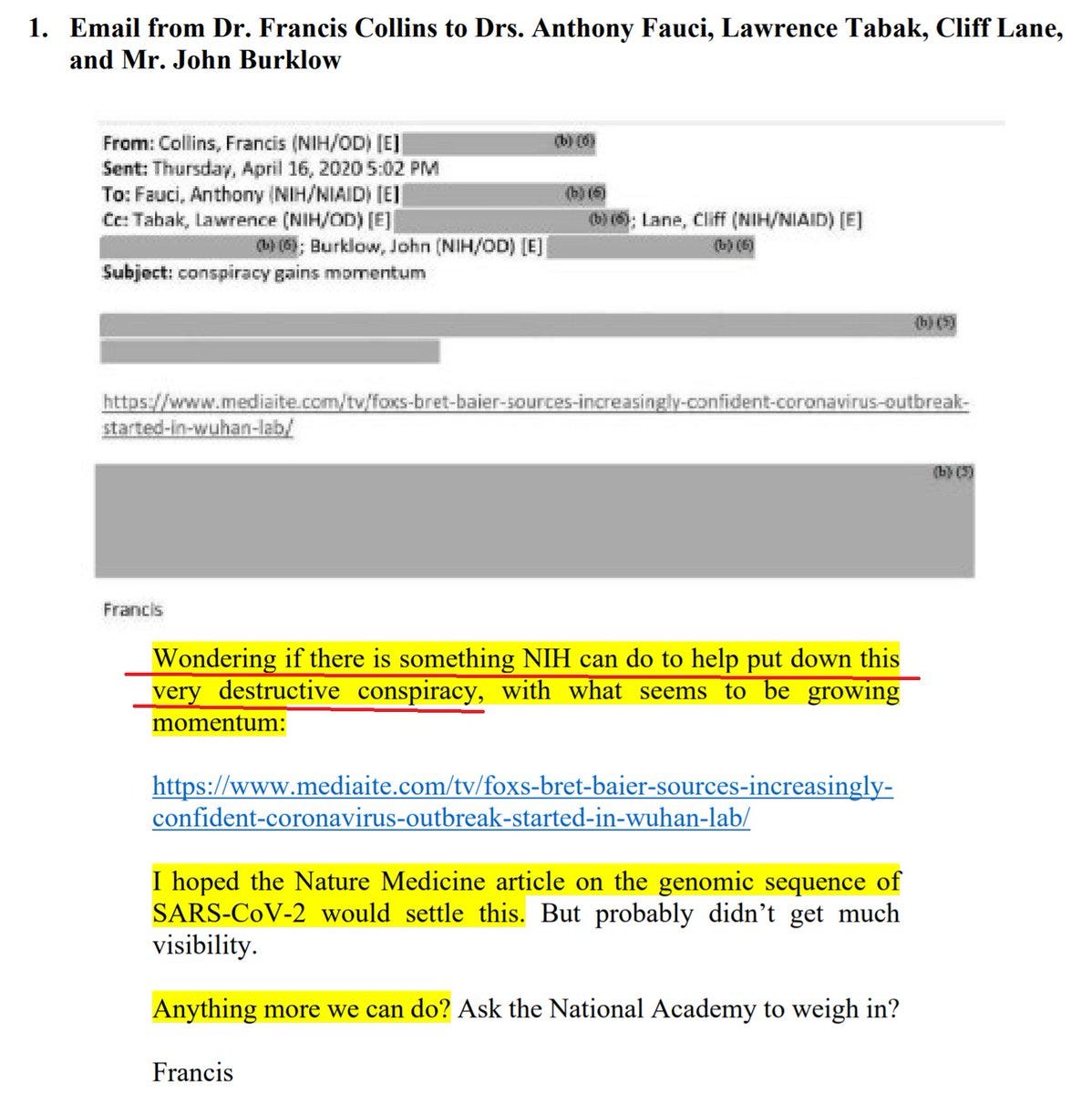COVID, mRNA Tech & the Origins of SARS-CoV-2: My experience and evolving views
A brief history of my personal experience with COVID, as well as my evolving views on the origins of the SARS-CoV-2 virus and the vaccine-like mRNA technology deployed to combat its spread.
This article describes some of my personal experiences with mRNA vaccines, COVID, and related topics. I overview how my thinking has evolved and various lines of evidence I’ve considered to inform my choices. As always: not medical advice.
Late 2019 - Mid 2021: Fear, excitement, uncertainty
Mental snapshot:
We’re overdue for a major pandemic. This could get really bad.
SARS-CoV-2 likely jumped to humans from another species (zoonotic origin), just like SARS-1 did.
The science behind Moderna & Pfizer’s new vaccine-like mRNA tech is really cool—a promising new tool for quickly stopping the spread.
2019 was turning into 2020. Working a 9-5 in a corporate office, I recall the initial buzz around the infection emanating from China. Initially, very few people were bracing for the possibility of a global pandemic—at the time, we still didn’t know how deadly or infectious this respiratory illness was. One of the first people I noticed sounding the alarm was Balaji Srinivasan, who struck me as someone worth following:
That thread turned out to be prescient.
Italy was one of the first hotspots outside China. Some of the earliest cases in the Americas were detected in Seattle, where I lived. In early 2020 people around me were expressing variable levels of concern. No one in my IRL circles was anticipating travel restrictions, mask mandates, or lockdowns.
There was much uncertainty. It was not long before I was working from home. Then, lockdowns.
I remember the early days of lockdown. City streets virtually empty. Everyone shuttered inside, skeptical of door handles. Costco runs felt like a Lord of the Rings quest. For all we knew a Hollywood-style, post-apocalyptic hellscape was just around the corner.
By mid-2020 the SARS-CoV-2 virus was spreading globally. The race to create a vaccine was on. I began reading about recent advances in mRNA vaccine technology. The tech was intriguing: re-programmable vaccines. All you needed was the genome of a pathogen. Instead of injecting subjects with an attenuated virus as with traditional vaccines, you inject mRNAs encoding a viral protein of your choice. The immune system detects the foreign protein and mounts an immune response—all from exposure to single protein, using tech that could be rapidly updated if the pathogen mutated.
How To Read Any Scientific Paper For Free
Note: the information in this article does not constitute advice. It is merely a description of common strategies people report for accessing the scientific literature. If you have ever tried to read a scientific paper online, you have probably run into a paywall. Most scholarly papers are behind paywalls, as opposed to …
In December 2020 I was discussing mRNA tech on the podcast (M&M #3), which I had just started due to my remote work situation. In early 2021 initial data from Moderna and Pfizer/BioNTech were coming out—the vaccines seemed to work very well. The results were almost unbelievable and widely circulated in the press: >90% efficacy at preventing disease.
I specifically remember the news around Pfizer’s trial in South Africa, where a new SARS-CoV-2 variant was circulating. A report from April Fool’s day, 2021:
The shot was also 100% effective in preventing illness among trial participants in South Africa, where a new variant called B1351 is dominant. (Reuters: April 1, 2021)
The evidence was looking very good—almost too good to be true. Vaccines that could be rapidly developed with re-programmable mRNA technology. Nearly perfect efficacy at preventing illness. “Safe and effective” became the mantra.
The tech was innovative and exciting. Reported efficacy rates were outstanding. Public health officials, mainstream new outlets, and biopharma executives assured us of what it all meant: “The virus stops with every vaccinated person.“

Two things seemed clear at this time: COVID was highly infectious; the elderly and sickly were particularly vulnerable. People argued over exactly how deadly COVID was, but it was killing off nursing home residents at an alarming rate.
Given the fear, uncertainty, and reported efficacy of the new mRNA shots at preventing COVID, vaccination made a lot of sense to me. With a background in molecular genetics, I had a good conceptual grasp how the mRNA technology worked. (Only later would I learn more about the details of their engineering—for example, the use of lipid nanoparticles and non-native RNA nucleotides).
Pseudouridine, mRNA Vaccines & Spike Protein Persistence
In M&M #58 I spoke to genomics expert Kevin McKernan, asking him a simple but important question: is the mRNA found in the Pfizer/BioNTech and Moderna COVID vaccines identical to the equivalent mRNA found in the SARS-CoV-2 virus? The answer is, “No.”
I knew that herd immunity depended on a critical mass of the population gaining immunity to a pathogen, either from vaccination or natural infection. Even though the mRNA tech was new and there were no data on long-term efficacy or risk, getting vaccinated seemed sensible. Based on the data I had examined and what virtually all mainstream sources were telling us, vaccination would decrease the severity of the illness and prevent you from spreading the virus.
In April 2021, I got two doses of the Pfizer-BioNTech shot.
After the first dose I felt fine. Some people had reported symptoms after getting it, but I wasn’t expecting this—in response to the many flu and other booster shots I’d received throughout life, never any symptoms. After the second mRNA dose, I did get sick. There were perhaps four days of symptoms, a couple of which had me in bed feeling pretty lousy—a really bad head cold, more or less.
Mid 2021 - Mid 2023: questions, questions, questions
Mental snapshot:
The vaccine-like technology developed by Moderna and Pfizer/BioNTech doesn’t seem to work a well as we hoped. How exactly was it engineered, and what biological implications does that have?
Novel variants keep popping up and we aren’t keeping pace. Is this surprising, or is it an expected evolutionary outcome of the pandemic containment strategy that’s been deployed?
Why do so many people, including scientists and public health officials, seem so motivated to promote pre-determined narratives around the origins of the virus?
The question of viral variants
By mid-2021 a ballooning number of Americans had been jabbed. People were arguing about stuff: the true COVID mortality rate across demographics, masking efficacy and the seemingly arbitrary six-foot distancing rule, school closures, etc. Despite the political squabbles I remember a general feeling of excitement. Between the reported vaccine efficacy and the shear speed with which the novel mRNA tech was deployed there was lots of hope. Lockdowns were wearing on people but we were science-ing our way out of it. Hooray.
By this time, the threat was evolving. The virus was mutating. New versions of SARS-CoV-2 were emerging. Wanting to learn more about the evolutionary dynamics of viruses, I talked to population geneticist Dr. Sarah Otto (M&M #32). We discussed the evolution of viral variants. Based on the nature of this virus, she predicted we’d likely need new shots every year, like the flu. She described the new mRNA shots as, “game-changers.”
In 2021 the Delta variant began spreading. This one was more aggressive, making people much more sick than the original bug. Another curiosity: it seemed to be readily infecting the vaccinated. We had previously been assured that vaccination essentially made us “dead ends” for the virus. The early clinical trial data had reported >90% efficacy at stopping transmission.
The virus was mutating quickly. The mRNA jabs were designed using the genome sequence of the original strain—perhaps they were not especially effective against the new Delta variant? At this point, I still felt excited: the new, rapidly re-programmable mRNA technology will be perfect, I thought. Genome sequencing is cheap and easy today—we already had the Delta variant genome. All we need to do is update our mRNA shots to reflect the sequence in Delta.
That didn’t happened. I was a little puzzled, as the ability to rapidly update mRNA was one of the coolest features of this tech—one that seemed perfectly suited to fast-evolving pathogens.
The question of waning vaccine effectiveness
After Delta, the Omicron variant spread rapidly. It was much more mild. Assurances came from on high:

Despite those assurances, Omicron appeared to be infecting vaccinated people without much problem. From discussions with epidemiologists, I learned that introducing a vaccine during a pandemic can influence the trajectory of pathogen evolution, potentially selecting for “escape variants” that can evade vaccine-derived immunity. Studies emerged showing, “rapid waning of vaccine effectiveness against infection conferred by first-generation vaccines and an increasingly complex viral evolutionary landscape.“
Despite getting the two-dose BioNTech/Pfizer shot in April 2021, I contracted COVID nine months later, in January 2022. My symptoms, presumably caused by Omicron, were milder than those I experienced from the shot itself. Interesting.
I wanted to learn more.
How were these vaccine-like mRNA vaccines made, specifically? How did they generate an immune response compared to natural viral infection?
The question of how mRNA vaccines are engineered
From 2021 into 2022, I learned a number of key details about how the mRNA vaccines are engineered:
The mRNA has to be stabilized in order to generate an immune response. Two things are done to achieve this:
Lipid nanoparticles are used to protect the mRNA, sort of like a shell;
One of the natural letters in the viral RNA code (“U” for uridine) is swapped for pseudouridine, a slightly different version of “U.”
Due to these stabilization tricks, the synthetic mRNA in the shots enables a lot of viral spike protein production. Vaccine mRNA and spike protein can be detected in people for several weeks after the shot. Spike protein was even found at higher levels in vaccinated people compared to those who died from severe COVID.
Buried in documents from the vaccine manufacturers, indications that the mRNA in the COVID shots was not only producing the intended SARS-CoV-2 spike protein, but unknown protein variants.
I discussed all of these things in more detail in a post based on M&M #58.
The question of SARS-CoV-2 origins
In parallel, another important question was debated: how did the SARS-CoV-2 virus emerge? Mainstream public health institutions and many illustrious scientists told us we were likely looking at a wildlife spillover event. Perhaps a bat virus mutated, hopped into another species, mutated again, then infected people in Wuhan, China. Happens all the time, as with SARS-1.
True enough, but something else happens all the time: lab leaks. Wuhan, China also just happens to be the home of the Wuhan Institute of Virology, where virologists have been tinkering with bat coronaviruses for years (funded in part by US dollars).
Early on, suggesting the possibility of a lab leak was labelled by many, including then director of the NIH Francis Collins, as conspiracy thinking:
We couldn’t say for sure whether SARS-CoV-2 emerged from a wildlife spillover event or a lab leak, but the immediate push to label the lab leak hypothesis as conspiracy thinking struck me as absurd and suspicious. Lab leaks happen every year. Wuhan is one of a limited number of places conducting exactly the type of coronavirus work that could produce outbreaks like this. It would be silly not to seriously consider a lab leak scenario.
Through a series of conversations, I learned more about the origins of SARS-CoV-2:
M&M #39: Origins of COVID-19 & SARS-CoV-2 - Wildlife Spillover or Lab Leak? | Nicholas Wade
M&M #45: The Mystery of SARS-CoV-2 & the Origins of COVID-19 | Alina Chan
M&M #97: How Did the SARS-CoV-2 Virus Originate? | Alex Washburne
The original SARS-1 virus jumped from bats to palm civets—from there, to humans. That’s how zoonotic viral outbreaks typically go: they begin in creatures like bats, which have a biology conducive to viral incubation. Then they jump to an intermediate host species, an animal in-between bats and humans in terms of genetic relatedness. They mutate again, evolving the ability to infect human cells.
Once we have the genome sequence of a human virus of zoonotic origin, it doesn’t take long to identify the intermediate host species. For the original SARS outbreak, palm civets were identified after just a couple months. We had known the SARS-CoV-2 genome sequence for over a year at this point, yet no intermediate host species had been found. From my perspective, the lab leak hypothesis became more plausible with each passing day. Papers intermittently came out pointing to creatures like pangolins, but haven’t held up.

There were also multiple emerging lines of evidence pointing to the plausibility of a lab leak:
Concerns about lax laboratory safety standards at the Wuhan Institute of Virology, where it was known that coronavirus research at been going on for years. This work was funded in part by money flowing from the EcoHealth Alliance, a US non-profit (see M&M #45 for more detail);
At the molecular level, the SARS-CoV-2 genome had characteristics strikingly similar to those seen in organisms subjected to experimental manipulation by scientists (e.g. the furin cleavage site, see M&M #39 for more detail);
FOIA’d documents of communications between high-level US public health individuals and various well-funded virology researchers indicated a strong motivation to make sure the public was sold the zoonotic origins hypothesis, rather than a lab leak.
The question of vaccine-induced side effects
By 2023, two things were clear to me with respect to the vaccine-like technology developed by Pfizer and Moderna:
Very effective at reducing the risk of severe illness.
Not very effective at reducing the risk of infection by new variants.
Among the many things people were endlessly arguing about were vaccine-induced side effects. Were there any? Were they serious? Common? Anything vaccine-related was contaminated by politics. Lots of noise. Lots of motivated reasoning. I did my best to focus my attention of the scientific literature and analyze things from biological first principles.
In terms of vaccine-induced side effects, heart issues like myocarditis (heart inflammation) have been a contentious. From my vantage point, here’s how people often argue the issue: the vaccine hesitant point to evidence (e.g. this, this, and this) that the Moderna and Pfizer jabs are in fact associated with an elevated risk of myocarditis, in an age- and sex-dependent manner:

In response, vaccine enthusiasts point out a couple of things: the elevated myocarditis risk for certain demographics is quite small, often just several excess cases per 100,000 people; the risk of excess myocarditis cases is higher after SARS-CoV-2 infection than it is following vaccination.
A vaccine hesitant person might then cite the same study, showing that while excess myocarditis risk was higher after infection across all people, it remained higher in the under 40 demographic, at least after the second dose of the most potent mRNA jab (Moderna):

To which a vaccine enthusiast might say, “Yes, but for most people these heart issues seem to be more likely following infection, so vaccination still makes sense for most people.”
People go round and round like this, ad infinitum. I rarely observe someone change their initial position. Here’s how I thought about what’s going on to inform my decision about whether to get boosted.
The mRNA shots contain genetic material encoding a single SARS-CoV-2 protein—the spike protein. That protein is sufficient to generate an immune response all by itself, without any other viral components present. In other words, when our body detects the spike protein, it wants to get rid of it and generates an inflammatory response to clear it out. The spike protein is toxic, so we want to have as little of it circulating in our body as possible, for as little time as possible. The more spike protein there is and the longer it’s around, the more inflammation our body will generate and the more likely adverse events like myocarditis are.
With all that in mind, I wanted to know two things about the spike protein produced from the mRNA in the COVID shots:
How much total spike protein is produced in our bodies compared to a natural infection?
Is the mRNA in the shots exclusively producing the native viral spike protein?
For the question of total spike protein levels, this was my thinking:
The first Pfizer shot gave me no symptoms. The total amount of spike protein produced in my body was therefore not enough to produce a substantial amount of inflammation.
The second Pfizer shot made me symptomatic for several days, 2-3 of which were quite significant. The total amount of spike protein in my body was likely much higher after this dose, with a second wave of spike protein riding on top of whatever remained from the first dose. This produced much more inflammation.
I got sick during the Omicron wave several months later. Thus, the double jab didn’t prevent infection. My symptoms were noticeable but much milder than the second dose of the Pfizer shot. Spike protein levels in my body from this infection were likely intermediate: more than after my first jab, less than after my second.
The myocarditis data above showed a dose-dependent effect: adverse events are more likely after the second vaccine dose compared to the first, and they are more common with the Moderna shot, which is more potent than the Pfizer one. The magnitude of your symptoms, after either the shot or an infection, is proportional to the amount of spike protein in your body. More spike protein means more inflammation.
To me, the logical strategy was to try to minimize the total amount of spike protein in my body. Every year, getting a COVID shot guaranteed some level of spike protein-induced inflammation. In addition, there is the possibility of infection-induced inflammation. Because the COVID shots did not ensure immunity from new variants, it was possible to experience inflammation from the shots and an infection. That’s what had already happened me: I got COVID after choosing to receive the two-dose Pfizer regimen.
There was published evidence that it was possible for the mRNA shots to produce higher levels of spike protein than natural infection. In one study, spike protein was detected for several weeks following vaccination. Remarkably, higher levels of spike protein were seen in vaccinated individuals compared to those who died from severe COVID. That observation seemed to match my personal experience: symptoms were worse for me following the second dose of the Pfizer shot than they were for my subsequent COVID illness.
For evolutionary reasons, viruses more often than not evolve to be less severe over time. That’s pretty much what we’ve seen with COVID. If I will still plausibly get infected even after getting a COVID shot, why subject myself to guaranteed spike protein-induced inflammation on top of the possibility of infection-induced inflammation? Especially if the shot produces symptoms of comparable or even greater intensity than the infection itself?
One objection to this line of reasoning is that, although the shots don’t prevent you from getting infected by new variants, they do clearly prevent severe, life-threatening cases of COVID and therefore save lives. True enough, but life-threatening COVID is a threat posed to specific demographics: the elderly and those with other comorbidities. I’m in my thirties and in very good health. In fact, I had been working out regularly over this period, gaining muscle mass. I suspect this may boost the amount of spike protein my body produces from mRNA jabs.
Recall the myocarditis data above: greater risk was seen in males compared to females and younger individuals compared to older. Adolescent males have the highest risk. Why would young males have the greatest risk of spike protein-induced inflammation? My answer: because they’re protein synthesis machines. Young people are still growing, which means they’re bodies are engaged in lots of protein synthesis. This is especially true of adolescent men, who are naturally packing on muscle mass. The more your ribosomes are cranking out proteins from mRNA, the more spike protein they will produce if SARS-CoV-2 mRNA enters the body.

That’s how I think about it and why I’ve decided against getting COVID boosters myself. My body is engaged in more protein synthesis than the average person and is therefore likely to produce more spike protein than average. This may be why I had substantial symptoms after the second Pfizer dose. And since I got COVID anyway…
There is another reason why I opted against being boosted. It has to do with second question I had above: Is the mRNA in the shots exclusively producing the native viral spike protein? Or is there more going on?
In M&M #58 I spoke to genomics expert Kevin McKernan about a curious observation. Buried in some documents was data suggesting the possibility that the mRNA shots could be producing more than just native SARS-2 spike protein. They may be producing some amount of other proteins, similar to the native spike protein but with unknown properties. Kevin speculated on what might be going on: the spike protein was being mistranslated some of the time due the phenomenon of “ribosomal stalling,” which could be occurring based on differences between the engineered mRNA and natural viral mRNA. (For more detail, see this article).
We had that conversation in February 2022 (clip below). And then…
Mid-2023 - present (early 2024): my current thinking, always subject to change
Mental snapshot:
The Moderna and Pfizer mRNA shots may be producing more spike protein than natural infections do. They are very likely producing non-native spike protein variants with unknown biological consequences.
The lab leak hypothesis was always reasonable to consider, and is now the most likely explanation for the origins of SARS-CoV-2. This type of thing could easily happen again, as virologists continue to create novel deadly viruses.
In late 2023, this paper was published. It’s a mouthful of jargon, but provides experimental evidence for what Kevin was talking about in M&M #58. The mRNA in the Pfizer and Moderna shots is made with “modified ribonucleotides”—one of the letters in the RNA code (“U”) is slightly different than it is in nature. It’s actually for this specific innovation that the 2023 Nobel Prize was awarded, as it helps the stabilize the mRNA in the shots so it can produce an immune response. The problem: this same modification is what leads to “ribosomal frameshifting,” which results in the COVID shots producing proteins other than native SARS-CoV-2 spike protein.
Are these proteins innocuous? Do they produce immune responses comparable to the native SARS-2 spike protein? We don’t know. For me, there are too many questions I’d like answers to before I commit to any more mRNA shots. Time will tell.
I have little interest in getting involved in endless debates or convincing anyone of what personal choices they should make. This was just a first-hand description of my COVID experience, what I’ve learned so far, and how my views have evolved and informed my personal choices.
If you have anything to add, especially data on spike protein production from mRNA shots vs. natural infections, please share it with me in the comments.
To learn more about the topics covered in this essay, try these episodes of the Mind & Matter podcast:
M&M #58: Genomics, PCR, COVID Testing, mRNA Vaccines, Blockchain Technology, Cannabis & Psilocybin Mushroom Genomes | Kevin McKernan
M&M #100: Infectious Disease, Epidemiology, Pandemics, Health Policy, COVID, Politicization of Science | Jay Bhattacharya
M&M #45: The Mystery of SARS-CoV-2 & the Origins of COVID-19 | Alina Chan












Thank you very much for that article.
Perhaps you’ve seen this already,
but one of the first group of medical
professionals with some of the same
questions that you have posed -
‘The Great Barrington Declaration”
https://gbdeclaration.org
And of course, several others soon followed -
https://thevaccinereaction.org
https://childrenshealthdefense.org/defender/moderna-pfizer-vaccines-blood-clots-inflammation-brain-heart/
https://www.lifesitenews.com/opinion/18-reasons-i-wont-be-getting-a-covid-vaccine
https://www.globalresearch.ca/5-questions-to-ask-your-friends-who-plan-to-get-the-covid-vaccine/5737747
https://www.aier.org/article/open-letter-from-medical-doctors-and-health-professionals-to-all-belgian-authorities-and-all-belgian-media/
https://thevaccinereaction.org/2020/09/coronavirus-cases-plummet-when-pcr-tests-are-adjusted/